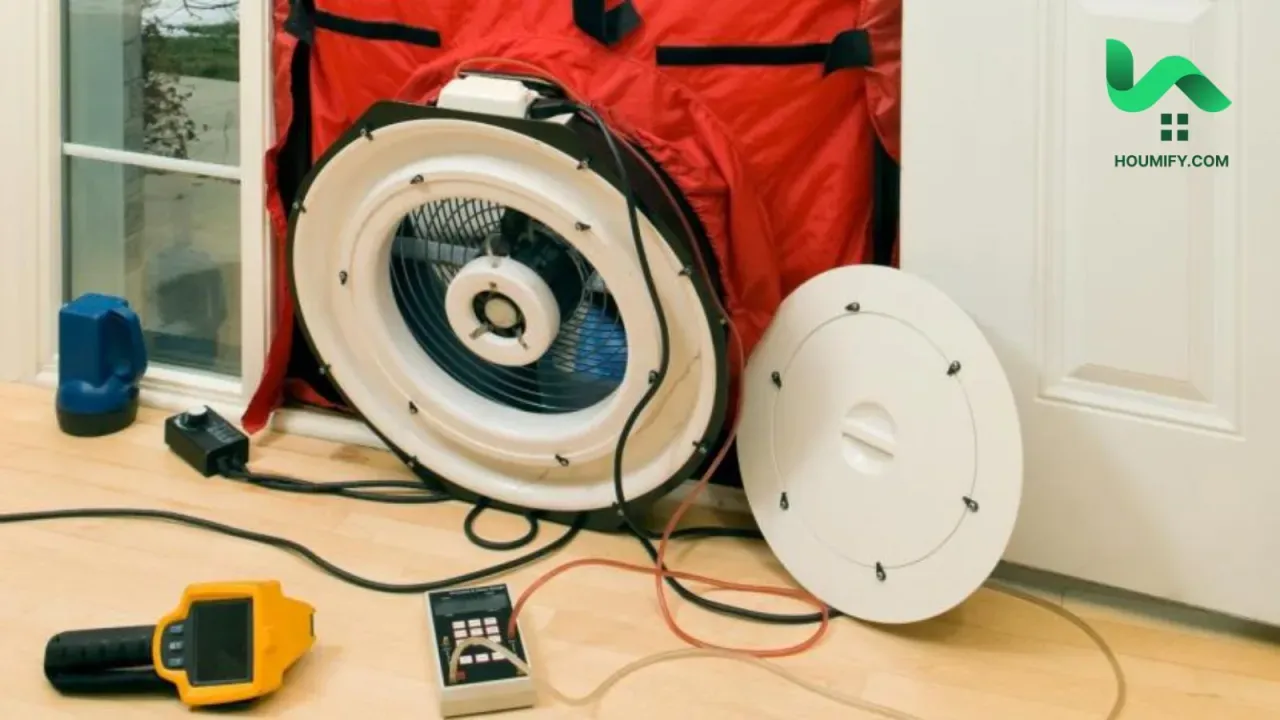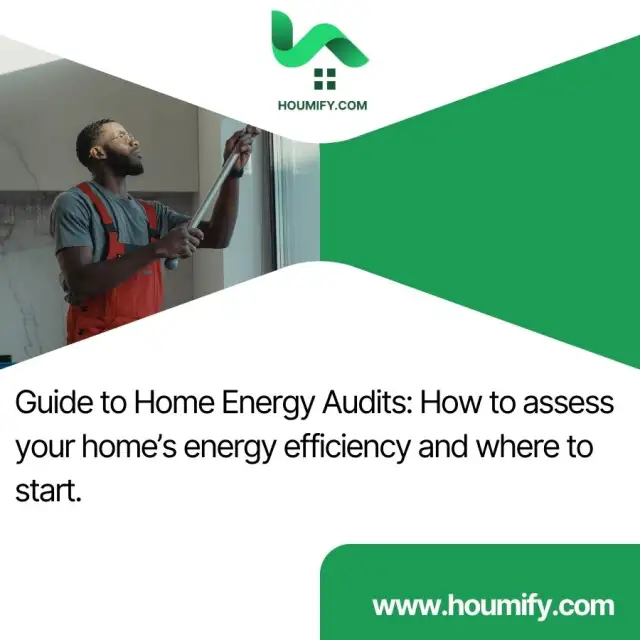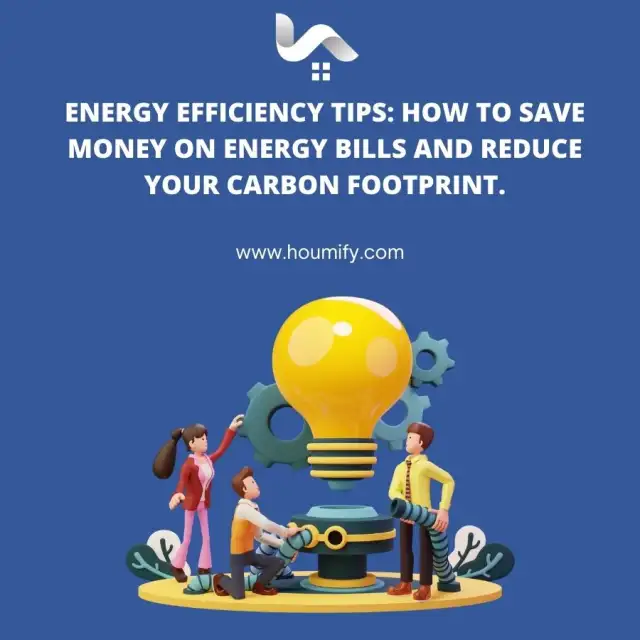Guide to Home Energy Audits: How to assess your home’s energy efficiency and where to start.
Why a Home Energy Audit Matters
A home energy audit is a crucial step toward improving energy efficiency, saving money, and contributing to environmental sustainability. As energy costs rise and environmental concerns mount, more homeowners are searching for ways to reduce their carbon footprint. This is where a home energy audit guidecan help.
A home energy audit identifies areas where energy is wasted and offers insights on how to optimize energy use. Whether you're looking to lower utility bills or adopt a more eco-friendly lifestyle, this guide will provide practical steps to assess your home energy efficiencyeffectively.
In this article, we’ll cover how to understand energy consumption, conduct a thorough energy assessment, and implement changes that make a tangible difference. Let’s dive in!
Understanding the Basics of a Home Energy Audit
What Is a Home Energy Audit?
A home energy audit is a comprehensive evaluation of your home's energy usage. It involves identifying inefficiencies, pinpointing areas of energy loss, and proposing cost-effective solutions. An audit can be performed by a professional or as a DIY project with the right tools and guidance.
Benefits of Assessing Home Energy Efficiency
- Lower Energy Bills:Addressing inefficiencies can significantly reduce utility costs.
- Improved Comfort:Better insulation and sealing keep indoor temperatures stable.
- Environmental Impact:Reduced energy use lowers your carbon footprint.
Who Needs an Energy Audit?
Whether you’re experiencing high energy bills or planning renovations, an energy audit can guide you. It’s particularly beneficial for older homes or properties with outdated systems.
Steps to Assess Your Home’s Energy Efficiency
Identifying Energy Drains
The first step in a home energy audit is identifying where energy is wasted. Common culprits include:
- Drafty windows and doors
- Poor insulation
- Inefficient appliances
- Phantom energy loads (devices that draw power when off)
Pro Tip:Use a thermal imaging camera to detect drafts and insulation gaps.

Analyzing Energy Bills
Review past energy bills to identify usage patterns. Look for spikes in energy consumption and consider seasonal factors like heating and cooling.
DIY Tools and Techniques
- Blower Door Test:Helps identify air leaks in the home’s structure.
- LED Bulbs and Timers:Immediate upgrades to enhance energy efficiency.
- Smart Thermostats:Provide better control over heating and cooling systems.
Professional vs. DIY Energy Audits
Benefits of Hiring a Professional
Professional auditors use advanced tools like thermal cameras and blower doors to conduct a thorough evaluation. They also provide detailed reports and actionable insights.
DIY Energy Audits: Where to Start
If you’re on a budget, a DIY audit is a great place to start. The U.S. Department of Energy offers free guides and checklists to help homeowners evaluate their energy use effectively.

Implementing Energy Audit Tips for Better Results
Upgrade Insulation
Ensure walls, roofs, and floors are properly insulated to minimize heat loss during winter and heat gain in summer.
Seal Air Leaks
Use caulk or weatherstripping to seal cracks and gaps in doors, windows, and walls.
Invest in Energy-Efficient Appliances
Look for Energy Star-rated appliances that consume less energy while offering superior performance.
Monitor Usage with Smart Technology
Smart plugs and energy monitoring devices can help track and reduce electricity use in real-time.

Maximizing Energy Efficiency
Set Realistic Goals
Begin with small, manageable changes like switching to LED bulbs or adjusting thermostat settings. Gradually move on to bigger projects like upgrading HVAC systems.
Seek Incentives
Many states and municipalities offer rebates or tax credits for energy-efficient home upgrades. Research local programs to offset the costs of improvements.
Conclusion: Your Path to Energy Efficiency
Assessing your home’s energy efficiency through a well-planned energy audit can lead to substantial savings and a more sustainable lifestyle. Whether you opt for a professional audit or tackle the process yourself, this home energy audit guideequips you with the knowledge and tools to get started.
By identifying inefficiencies and implementing energy audit tips, you’ll not only lower your utility bills but also contribute to a healthier planet.
Take Action Today!Start with a DIY energy audit or consult a professional for expert guidance. Share this article to help others discover how to assess their home energy efficiency and make impactful changes.

